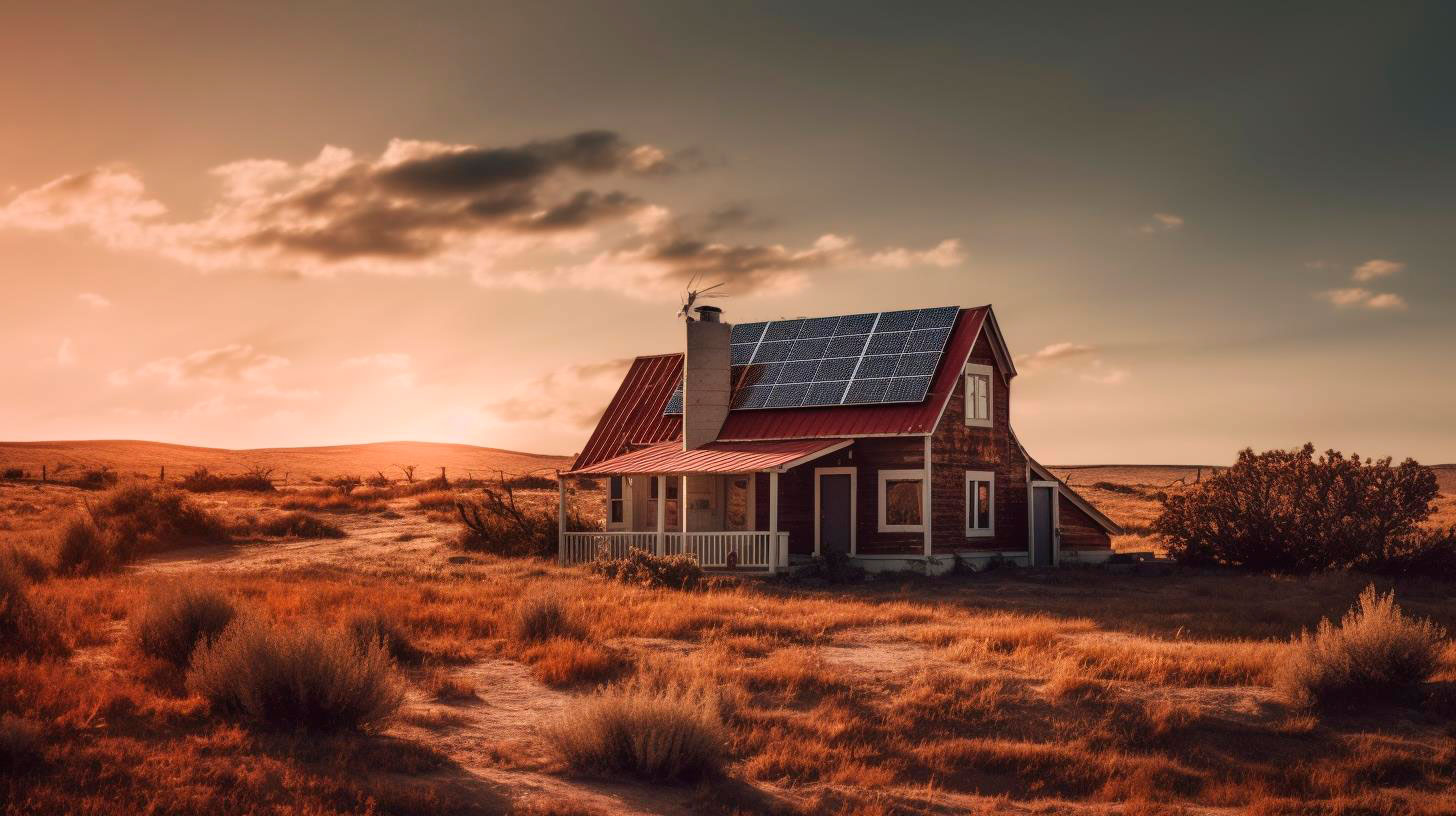Green Infrastructure for Sustainable Urban Planning
Understanding Green Infrastructure
Green infrastructure refers to the strategically planned network of natural and semi-natural spaces integrated within urban settings. It encompasses a range of elements, including parks, green roofs, urban forests, rain gardens, and permeable pavements. The goal is to mimic nature’s functioning by utilizing vegetation and natural processes to manage stormwater, improve air quality, mitigate urban heat island effects, promote biodiversity, and provide recreational spaces for residents.
The Benefits of Green Infrastructure
1. Improved Stormwater Management: Incorporating green infrastructure facilitates the absorption of rainwater, reducing the burden on traditional drainage systems and minimizing the risk of urban flooding.
2. Enhanced Air Quality: Vegetation in green infrastructures acts as natural air filters, trapping dust particles and absorbing pollutants such as carbon dioxide, nitrogen oxide, and sulfur dioxide, thereby improving overall air quality.
3. Reduced Urban Heat Island Effect: Green spaces counteract the excessive heat generated by concrete and asphalt, making cities cooler, more comfortable, and less prone to the heat island effect, which can have detrimental health impacts on residents.
4. Biodiversity Preservation: Green infrastructure creates habitats for various plant and animal species, promoting biodiversity within urban areas and supporting ecosystem services.
5. Enhanced Aesthetics and Well-being: Access to green spaces offers recreational opportunities, promotes physical activity, reduces stress levels, and enhances mental well-being among urban populations.
Green Infrastructure in Urban Planning
Green infrastructure should be an integral part of urban planning strategies, allowing cities to thrive sustainably. By incorporating green spaces and natural elements into the urban fabric, cities can achieve several long-term benefits:
- Reduced infrastructure costs: Green infrastructure can help cities save on expensive drainage and water management infrastructure, reducing the strain on public budgets.
- Greater resilience to climate change: Green spaces provide cities with resilience against climate change impacts, buffering against extreme weather events, and fostering adaptive capacities.
- Improved public health: Access to green spaces promotes physical activity, reduces pollution-related health risks, and enhances overall public health within urban areas.
- Enhanced social cohesion: Well-designed green spaces facilitate community engagement, social interactions, and inclusivity, fostering a sense of belonging among residents.
- Attractiveness for investments and tourism: Green infrastructure contributes to making cities more appealing for investments and tourism, as it enhances quality of life and creates unique selling points.
The Future of Sustainable Urban Planning
As cities continue to grow and face numerous challenges, embracing green infrastructure is a step towards more sustainable and resilient urban planning. To ensure a successful transition, stakeholders such as urban planners, policymakers, and communities need to collaborate, emphasizing the following key takeaways:
- Integrate green infrastructure into urban planning policies to create more sustainable and livable cities.
- Consider green infrastructure as an essential component, not an afterthought in urban development projects.
- Utilize innovative techniques and technologies to maximize the benefits of green infrastructure.
- Promote public awareness and education to encourage community involvement and ownership of green spaces.
- Invest in long-term maintenance and management of green infrastructure to ensure its longevity and effectiveness.
In conclusion, green infrastructure represents a pivotal solution for sustainable urban planning. By harnessing the power of nature, cities can create environmentally friendly, resilient, and livable spaces for their residents. Incorporating green infrastructure allows us to build a better future, where the well-being of people and the planet are at the forefront of urban development.
